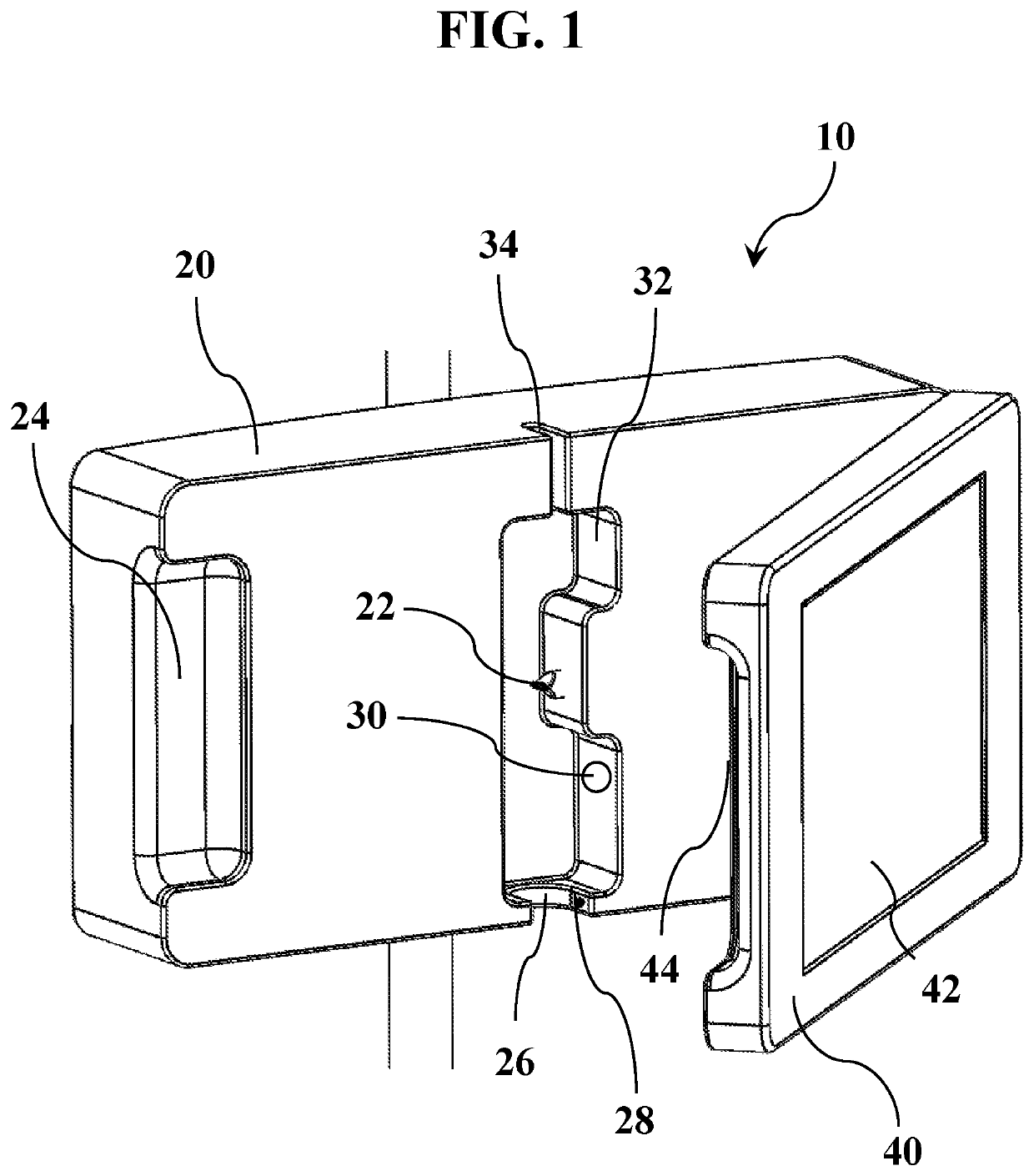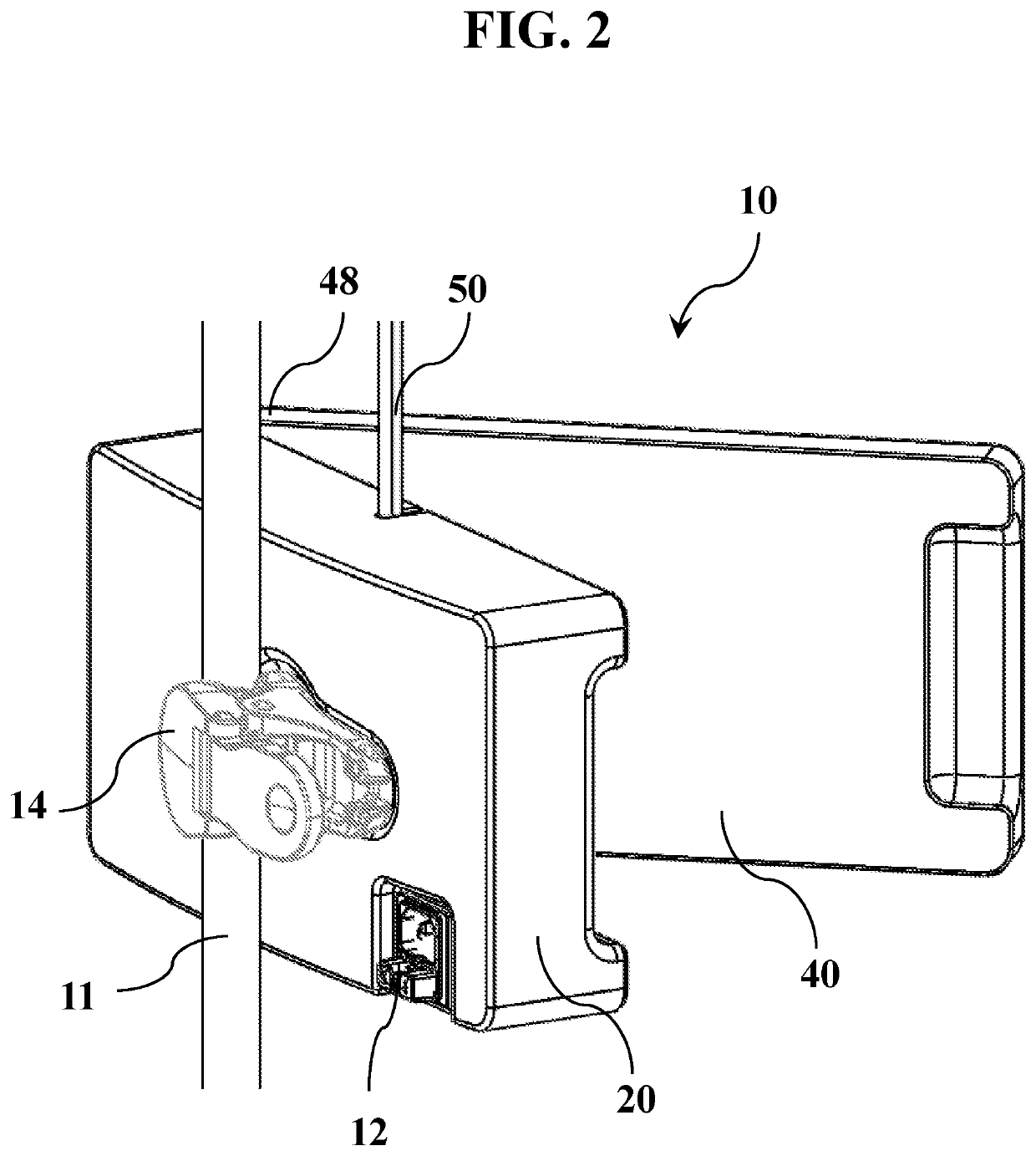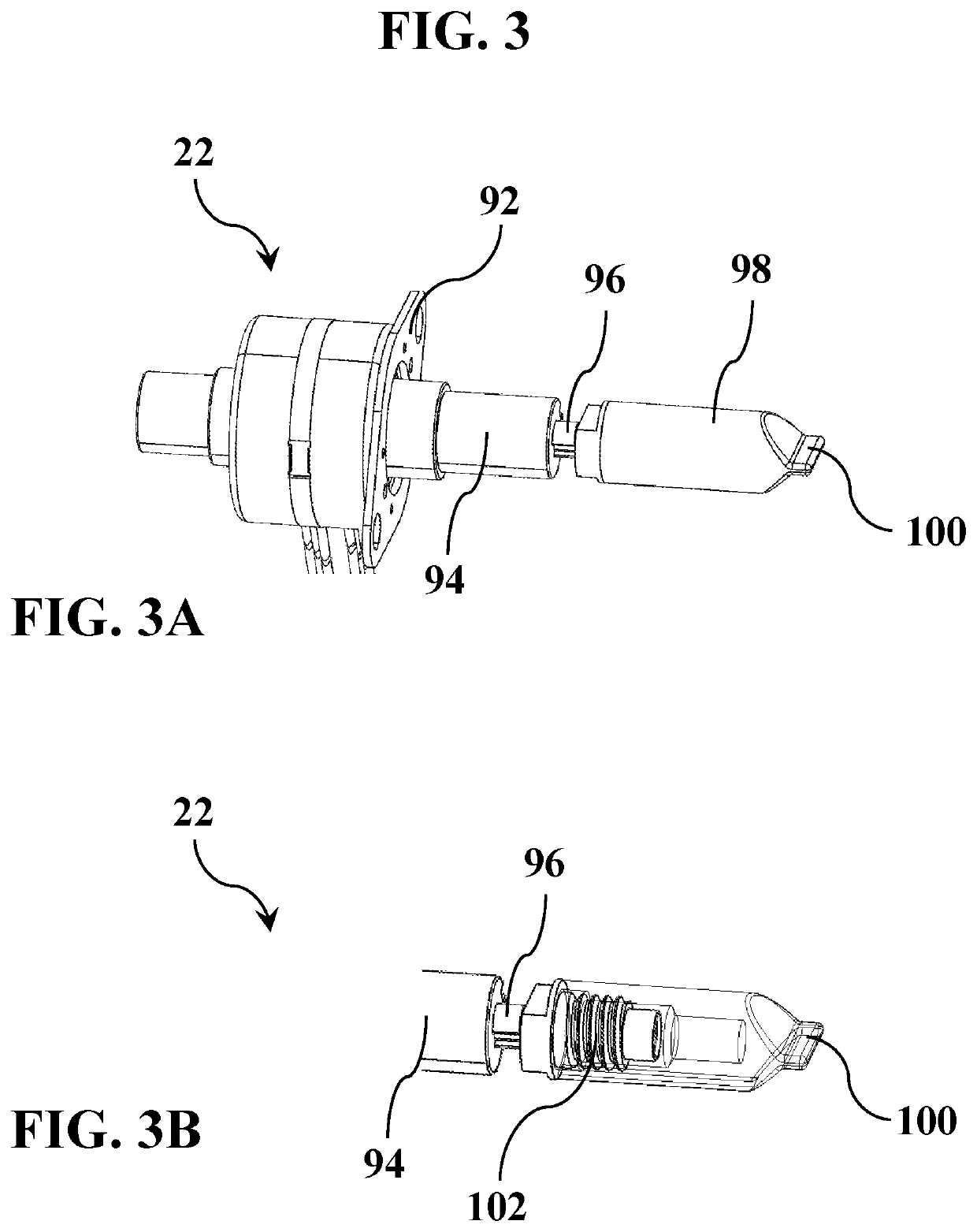Excess body fluid within a single
body compartment can cause elevated pressures, especially in low compliance conditions.
Compartment syndrome is an elevation of intercompartmental pressure to a level that impairs circulation resulting in insufficient oxygenated
blood supply leading to irreversible
tissue ischemia and
necrosis.
As many as 50% of critical care patients have been found to have elevated intra-
abdominal pressure (IAP) putting them at risk for reduced abdominal organ
perfusion and possible organ failure.
Despite advances in the art over the last hundred years, limitations and risks present in existing systems represent an unmet need in the art of bodily
fluid management systems.
Even minor changes
in patient position such as turning the head, adjusting the patient to reduce pressure injuries, or changes in
head of bed positioning can result in rapid over / under drainage leading to disability or death.
Often it is logistically simpler to keep the patient sedated, which presents numerous medical risks and other drawbacks for the patient, family, and healthcare provider.
More broadly, manometers lack the ability for a user to select a desired flowrate and
current practice involves manually adjusting the target pressure up and down until a desired flowrate is approximated achieved indirectly.
Manometers do not monitor
drainage volume or provide any closed-loop behavior.
Furthermore, manometer drainage systems suffer from highly
variable resistance to flow, which causes inconsistent and unreliable drainage—a phenomenon that is well documented in public training materials for such devices.
The observed unreliable and inconsistent drainage is largely unavoidable due to the
physics of manometer-based drains.
Manometers and
external pressure transducers can be paired (as is often done clinically) to construct a
fluid management system that provides
fluid pressure monitoring as well as fluid drainage; however, such fluid management systems cannot be used to simultaneously measure fluid pressure while controlling fluid drainage.
As a result, this
pairing lacks the ability to offer
continuous monitoring and drainage, increasing the risk of complications not being detected in a timely manner.
Existing
external pressure monitoring technologies suffer from drift resulting in a lack of accuracy that is particularly relevant in the anatomical compartments for which the pressure is represented by small numerical values and even minor changes within a
narrow range are of
clinical significance.
Therefore, the results derived from these sensors are at best of delayed clinical use until the patient worsens further, and at worst misleading.
Diaphragm-style transducers more recently introduced to obtain clinically relevant accuracy generally have lower natural resonant frequencies and may suffer from undesired oscillations induced by physiological functions such as a
heartbeat.
Due to inability of all these systems to detect sensor drift or failure, such systems necessarily rely on complicated schemes, custom sensor configurations, or constant manual recalibration to temporarily achieve the precision and accuracy required to provide existing clinical benefit.
The inconsistencies in the practice and even among nurse educators create variability in the calculated CPP values due to patient position.
Furthermore,
perfusion pressure is calculated by a
patient monitor as the result of multiple devices providing values in parallel unidirectionally to the display.
The existing art does not support integrated multi-
modal analysis and management.
It has no ability to control drainage based on these calculated
perfusion pressure values.
When considering perfusion pressure in clinical context, the inability in the prior art to sense or characterize patient movement results in unexpected opportunities for improvement beyond real-time drainage accuracy.
For example, current systems cannot distinguish between clinically indicative changes in compartment pressure versus expected, predictable changes due to change
in patient position or movement.
This currently requires immediate
nursing response to alarms if in use, creating alarm fatigue.
It does not offer an efficient method for mapping
impact of patient movement or position on compartment pressures.
Finally, it obscures otherwise useful datasets that could advance the art in terms of bodily fluid management or broader medical understanding.
Neither volume-limiting drains nor unrestricted drains can be used to measure pressure, and neither can drain fluids based upon a target pressure.
Both also lack the ability for a user to designate a desired flowrate despite speed of drainage being a significant variable clinicians would prefer to control by patient condition.
These various analog drain systems also require
visual estimation of volume drained using markings on the drain bag as they lack quantitative calculation and reporting of volume drained.
Thus, there remains an unmet need in the art for body fluid management systems that permit the monitoring and management of body fluid pressures in non-stationary patients.
 Login to View More
Login to View More  Login to View More
Login to View More 


